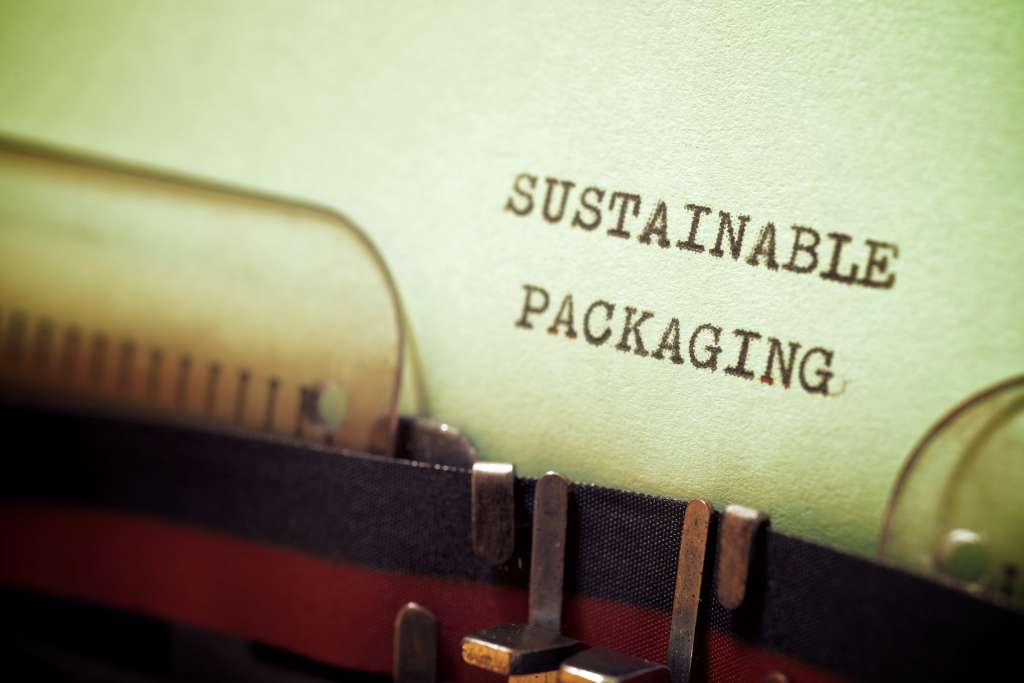Walmart Steamrolling Its Net Regenerative Mission



Summary: In six decades and some, Walmart has moved on from being an environment resource consumer to an entity that is deeply committed to becoming `net regenerative’ for the ecosystem. Walmart's sustainability drive has laid out clear road maps for suppliers globally to rise to the challenge and embrace change with an immediate effect.
Global retailing giant Walmart came into existence in 1962. In the year 2022, its balance sheet is larger than the GDP of several developed countries including UAE and Poland. And by the year 2040, the company has set itself an ambitious target of being a `net regenerative’ enterprise.
The net regenerative vision statement is to become a business that not only conserves the resources it consumes along the production life cycle but restores them meaningfully. This Walmart sustainability drive has made everyone stand up and take notice of the giant’s next step.
The Roadmap Laid Out in 2005
To find a pathway towards achieving this vision, in the year 2005, the then company CEO Lee Scott announced an equally visionary road map towards Environment, Sustainability, and Governance (ESG) goals with time-bound target achievement guidelines.
1. Zero emissions across all global operations by 2040
-
Powering facilities with renewable energy by 2035
- Zero emissions from all vehicles by 2040 Transitioning to low-impact coolants by 2040
- Working with suppliers to reduce 1 gigaton of emissions
- Protect, manage, or restore 50 million acres of land
- Restore 1 million sq miles of ocean by 2030
- Make sourcing of pulp, soy, paper, and timber 100% deforestation-free by 2025
- Source 20 key commodities more sustainably
- Divert waste from landfill
- 100% recyclable, reusable, or industrially compostable packaging by 2040
- 15% reduction in the use of virgin plastic by 2025
- Sourcing goods from diverse suppliers
- Grants to small farmers for market access
- Walmart's sustainability move to protect and conserve the environment is a smart move that pre-empts any coercive government action
- By doing so, it is setting up ESG standards for the fashion industry as a whole.
2. Focus on the regeneration of land and water resources

3. Work towards zero waste
4. Source responsibly and promote human dignity
On The Road to Meeting The Goals
At the time of making this historical announcement meant for the entire global supply chain to thrive for Walmart's sustainability initiative, Scott had remarked that these are ambitious goals, “and at this point, I am not sure how to achieve them”. But the recently released Walmart FY 22 ESG report shows that the company is on the right path. There is a massive 17.5 percent reduction in scopes 1 and 2 emissions (2020 Vs 2015 baseline).
Out of its supplier base of nearly 100,000 partners more than 4.5K large entities are already engaged in project Gigaton since 2017 which has led to 574 Million metric tons of carbon dioxide being reduced or avoided since 2017.
Project Gigaton to Address Supply Chain Emissions

Project Gigaton was introduced by the company as part of Walmart's sustainability move to reduce or avoid one billion metric tons of greenhouse gases in the global supply chain by 2030.
Recently the company raised 2 Billion USD through its first green bond and for the past four years they have received an A or A- score from CDP. CDP, which was formerly known as the Carbon Disclosure Project, happens to be an international nonprofit organization that helps companies and cities disclose transparently the kind of impact they are making on the environment.
Engaging Suppliers in Climate ActionWalmart has sent out a strong message to the entire supply chain base of 100,000 vendors that they should understand the compliance aspect thoroughly and understand the intent behind Walmart's sustainability drive. The company has come out with exhaustive guidelines on supplier standards for all commodities it deals in, including apparel, which requires that all suppliers furnish their products fulfilling certain criteria for Walmart to sell them.
The company is not stopping just here. If suppliers become part of project Gigaton and are willing to commit to taking their sustainability efforts to the next desired level through mutual goal setting, they will get rewarded in form of credit, to honor the progress they are making.
In the words of current CEO Doug McMillan, just in the 5-year timeframe, the global supplier base has crossed the halfway mark.
Partnering for Sustainable Packaging

Walmart has been ramping up sustainable solutions such as setting up electric car charging stations at its stores, commitment to sustainable coffee brands, and 36 community solar gardens. But the core focus of its program has been pivoted around sustainable packaging solutions and recycling. Walmart claims that it is important to design keeping the end of life in mind.
Under the initiative, Walmart has opened more locations integrating on-site recycling, holding an in-store event to educate the customers on the importance of correct recycling, and introducing How2Recycle as a standardizing system to clearly instructs the consumer on recycling the packaging. Walmart Recycle Together is an initiative that brings the brands under one roof so that consumers are empowered with smart labels instructing them to recycle their products and packaging.
Mission Not ImpossibleMany say that the company has set a too ambitious target for itself. In any case, it has set the benchmark for only it’s the big brands but also millions of medium and small brands and manufacturers across the globe. It could have a lighthouse impact on fashion brands and retailers to go green. This is good for the environment and better for the bottom line.
Key takeaways
Fashinza is a digital platform that brings together brands and suppliers for a seamless manufacturing experience.
Partner with Fashinza to connect and work with manufacturers with a proven sustainable and ethical track record.




















